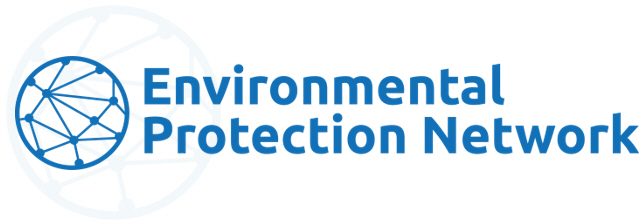EPN Oral Comments on the Proposed Repeal of the Endangerment Finding and Standard Rescission
EPA-HQ-OAR-2025-0194
EPA Virtual Public Hearing on August 20, 2025
My name is Larry Weinstock, and I am presenting these comments on behalf of the Environmental Protection Network, which includes over 700 volunteers — scientists, economists, and other experts who worked at EPA. Michelle Roos, Executive Director of the Environmental Protection Network, is also presenting comments. We have posted to our website full versions of our comments that factually document and expand on what we’re saying here. We will also be submitting additional details in our written comments to EPA.
Administrator Zeldin is living in a fantasy land where he can replace science and the law with his political agenda. In this fantasy land, Zeldin imagines that the Clean Air Act does not allow the regulation of greenhouse gases, ignoring the plain language of the Clean Air Act and three separate Supreme Court Opinions.
The rescission of the Endangerment Finding selectively quotes the Clean Air Act Section 302(h) and intentionally ignores the fact that the definition of welfare in the Clean Air Act includes the words ‘weather’ and ‘climate.’ It also ignores that all of the specific impacts listed in the definition of welfare are impacted by weather and climate. It imagines out of whole cloth a test that the Clean Air Act can only regulate local and regional impacts, a test that simply does not exist. At the same time, it ignores Title VI, which is designed to protect the ozone layer.
At the same time, Zeldin bases his attack on fundamental climate science on a Federal Advisory Committee of climate deniers hand selected by a former oil executive. This violates both the Federal Advisory Committee Act and the Information Quality Act.
Zeldin’s proposal ignores the reality of human induced global climate change by misinterpreting studies, using discredited studies and cherry-picking data. He imagines that the thin, deliberately misleading proposal is the equivalent of the extensive record for the Endangerment Finding that was grounded in decades of peer-reviewed research — from NASA, NOAA, EPA scientists, and the Intergovernmental Panel on Climate Change — and underwent one of the most rigorous scientific reviews in the agency’s history. Make no mistake, the scientific evidence that greenhouse gas emissions endanger public health and welfare has grown even stronger in the years since the 2009 finding.
Zeldin’s Regulatory Impact Analysis (RIA) is no better. The 60 pages of superficial and incomplete information is not a serious assessment of the impacts of this action. The reasoning asserts logical leaps that would make Superman envious and has more twists and turns than a pretzel factory. In short, it bears no resemblance to the careful, deliberate, and evidence-based approach EPA has historically used to analyze the costs and benefits of rules. It includes no automotive technology feasibility, cost, or efficiency analysis, nor does it consider any alternative regulatory scenarios beyond outright repeal.
The RIA ignores economic reality, the increased pollution, and the resulting disease and death this action will cause – including thousands of lives lost yearly. It imagines that there are no benefits at all for reductions in greenhouse gas emissions. It imagines bizarre economics where, in most of its modeling scenarios, Zeldin simply chooses to ignore that a driver has an extra dollar in their pocket due to lower fuel costs. It is the same logic that allows this Administration to say that rescinding a series of rules that all had positive net benefits will somehow make Americans better off. The net benefits of just the most recent light- and medium- duty vehicle rule are over $96B yearly. Even with all of the biased assumptions about zero GHG costs and ignoring fuel price increases, the first two of EPA’s analyzed scenarios still project that repeal will have a net cost to society (because at least they account for increased lifetime consumer fuel costs, even as they ignore the higher fuel prices). It is only by ignoring the long-term cost savings of EVs that they can twist the data enough to show net benefits of this proposed action
The RIA ignores the reality of the car market and the impact of the rule. Depending on the approach taken by auto manufacturers under the rules currently on the books, anywhere from 44% to 65% of cars will continue to be all or partially powered by gasoline, leaving lots of consumer choice.
Most conveniently for this action, Zeldin ignores the massive increases in the cost of gasoline that will result from this action. According to the analysis of the Energy Information Agency (EIA), this action will increase gas prices by 5 cents a gallon by 2030, 25 cents a gallon by 2035, 44 cents a gallon by 2040, 67 cents a gallon by 2045 and 76 cents a gallon by 2050. The EIA finds that Americans will pay $4.1 trillion more for gasoline by 2050 under the scenario Zeldin is trying to achieve – increased costs to all consumers that Zeldin chooses to completely ignore.
Apparently, this Administration imagines a world in which the law of supply and demand is no longer in force and significantly increasing the demand for gasoline would not significantly increase its costs. Perhaps Administrator Zeldin thinks increased gasoline prices are a good thing since they benefit the oil industry – the only true winner in this package.

